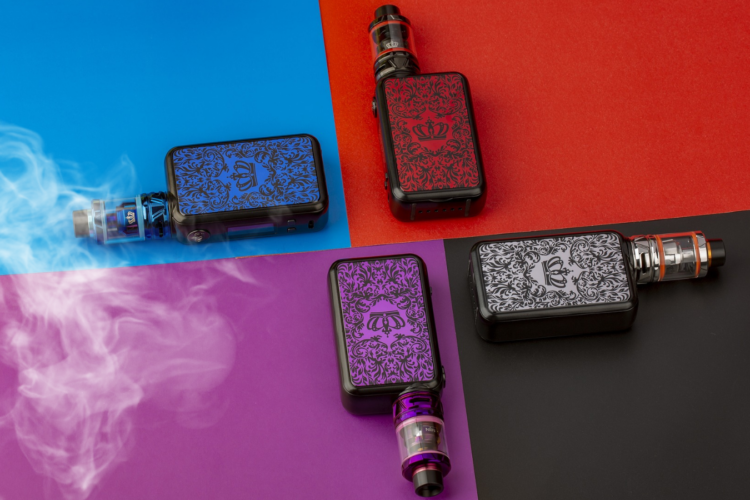E-cigarettes, commonly called vape pens, first hit the US market in 2007. But it wasn’t until 2010 that vape manufacturers experienced a market boom as the product popularity soared, especially among teenagers and young adults. The commercially known e-cigarette was developed by Chinese pharmacist, Hon Lik, whose intent was to create an alternative to cigarette smoking. His late father was a habitual smoker who lost his life to lung cancer. Eventually, Hon Lik designed a product to help people who want to quit smoking.
The main harmful component of a traditional cigarette is tobacco, which has been linked to multiple respiratory and cardiovascular diseases that can be life-threatening. Vape pens were meant to solve this issue by providing a similar smoking experience without the tobacco, yet it still contains the same addictive component found in a conventional cigarette, nicotine. Ironically, Hon Lik sold the rights to his invention to Imperial Tobacco, one of the largest cigarette companies in the world, with many tobacco companies following suit. Fast forward to the present day, it appears that vaping has become an epidemic predominant in our youth, and has raised worldwide health concerns.
According to the Centers for Disease Control and Prevention (CDC), consuming nicotine can harm the developing brain of adolescents, especially the area that controls attention, learning, mood, and impulse control. In addition, the aerosol in vape pens contains other harmful chemicals, such as the flavoring chemical diacetyl, which is linked to severe lung cancer. Many teens have turned to the product as a way to cope with stress and anxiety, which can cause drug dependence, making it harder to stop. Nicotine withdrawal can present as restlessness, sleeping problems, difficulty concentrating, feelings of anxiety and depression, to name a few.
The issue is not only about the product, but the companies that market them. There is a lack of transparency in the distribution of e-cigarettes. A study conducted by the CDC revealed that not all vape product labels state whether or not it contains nicotine, while some claim to be nicotine-free, which investigations disclosed as false. The advertising of vape pens appears to be aggressively targeting the youth by adding interesting colors, flavors, and designs. Companies have even gone as far as celebrity endorsements and scholarship essay contests.

In Australia, the government has administered new policies regarding the sale of vaping products starting May 2023. According to Mark Butler, the federal health minister, the stricter policies target the importers and vendors than the consumers. It is illegal to sell vape pens to anyone under 18, yet there has been an increase of children getting access to these highly addictive products. Schools have even been warned that some vape pen designs are disguised as school supplies, like ball pens and highlighters. Under the new rules, E-cigarettes are now placed in pharmaceutical-like packaging with reduced nicotine concentration and volume. It is now possible for heavy smokers to seek prescription from a GP, who will provide adequate patient education along with the treatment. There will also be heavier penalties to vendors who violate the new regulations. Public health sectors from other countries, such as Singapore and Thailand, have also implemented a ban on vape products.
The Food and Drug Administration (FDA) reports that around 1 in 10 middle and high school students in the United States use e-cigarettes in 2022. Since e-cigarettes have not been around long enough, there are still ongoing research regarding its long-term health effects. It is best to proceed with caution and make informed decisions when it comes to your health and well-being.
Roselle Torres
1
1 If you found the article interesting, I also recommend this:




